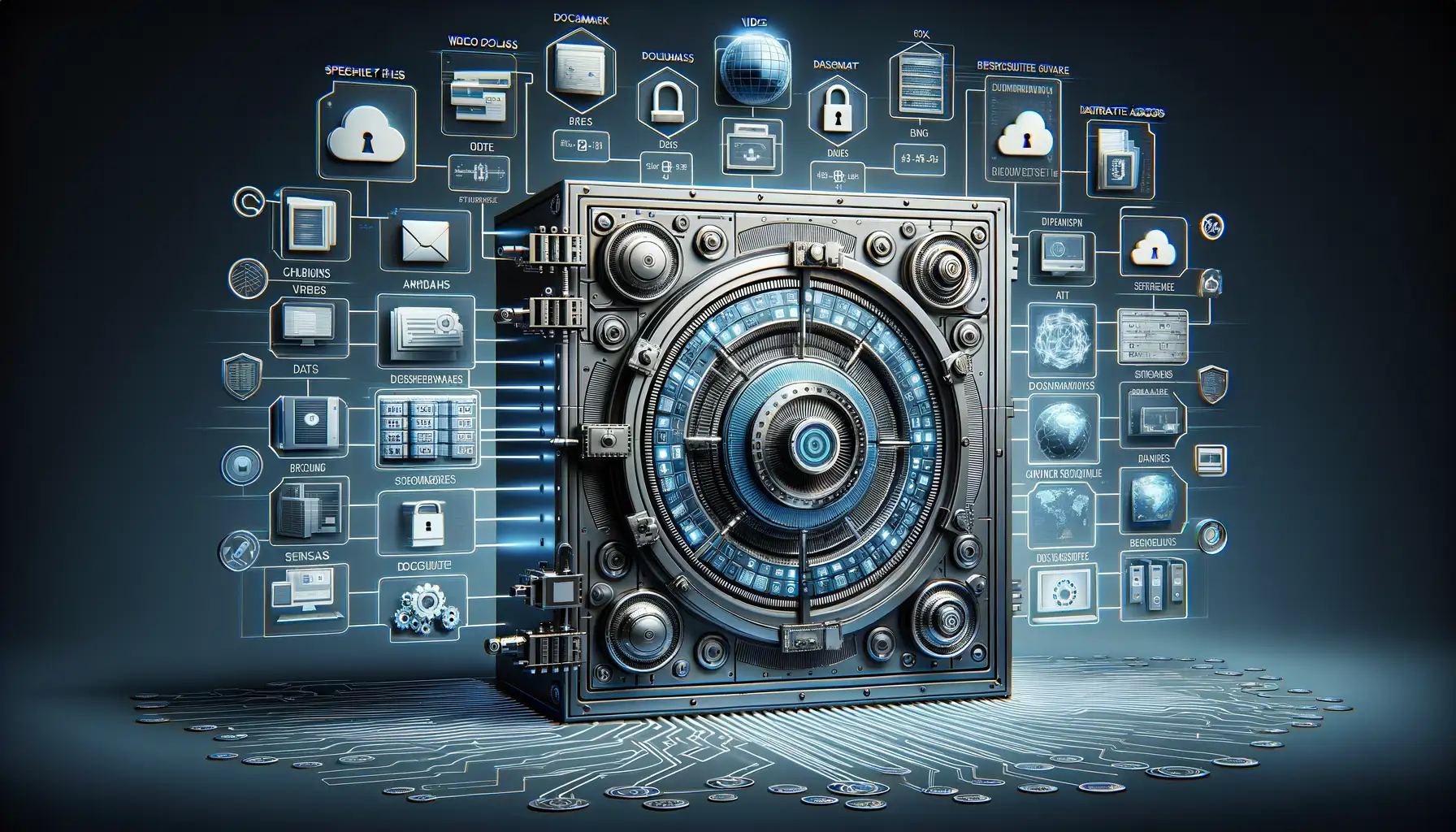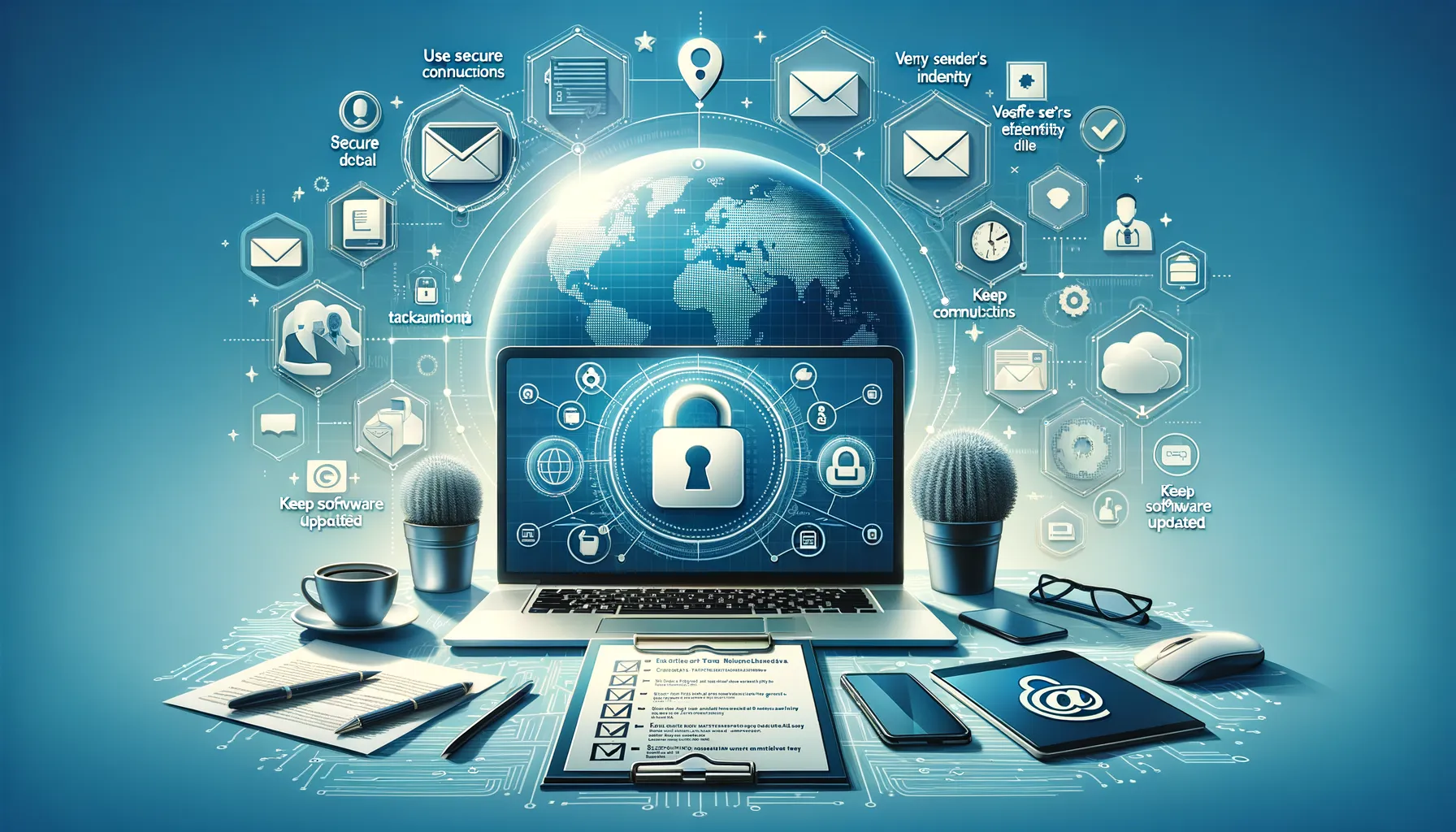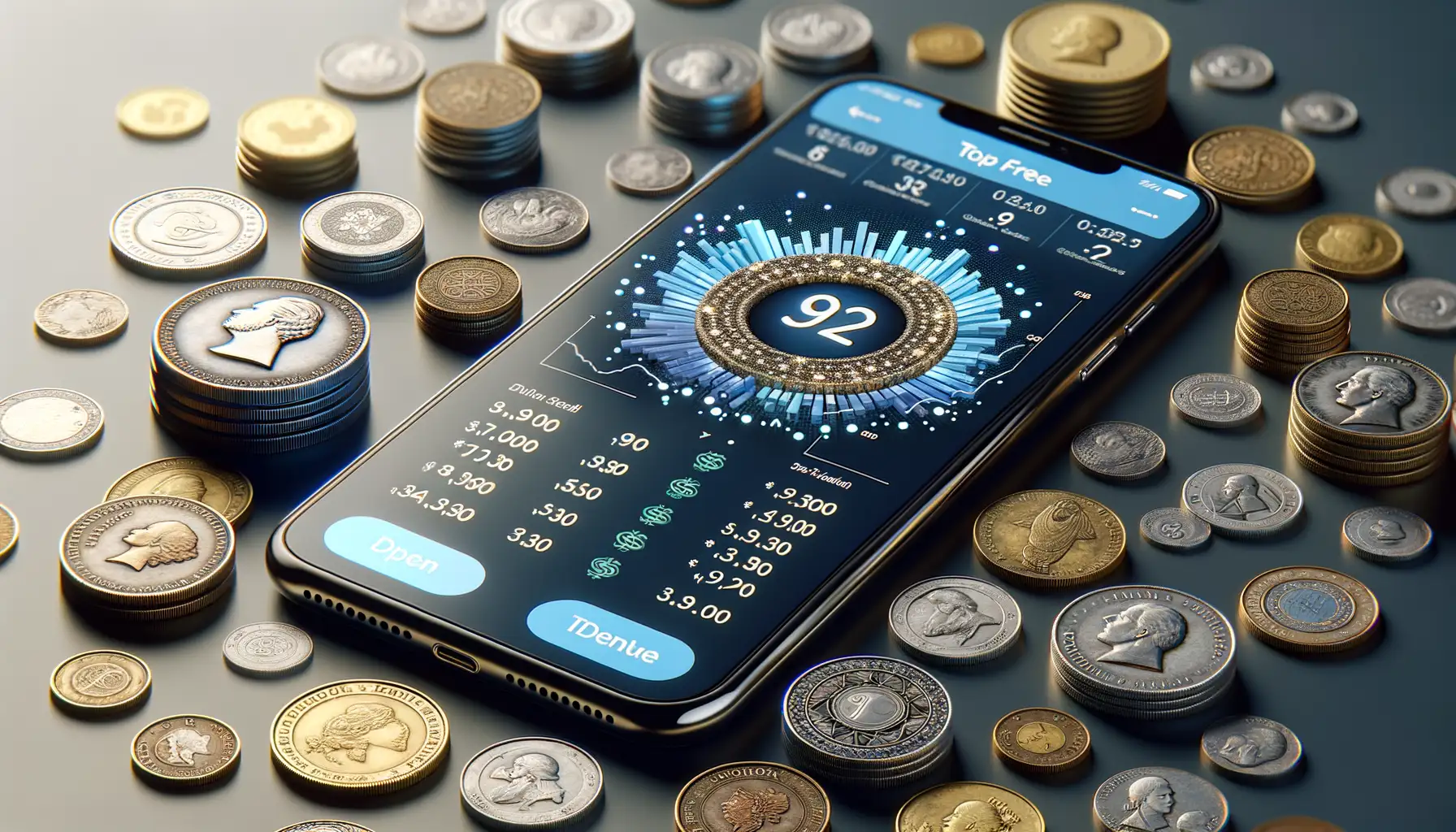Understanding Cybersecurity Risks in the Numismatic Community
Spotting the Hidden Threats Lurking in Your Digital Coin World
Imagine this: you’re proudly cataloging your prized 1921 Peace Dollar in an online database, blissfully unaware that someone—a faceless cyber thief—might already be eyeing your digital trail. For collectors in the numismatic community, cybersecurity risks aren’t just abstract concerns; they’re real threats that could tarnish more than your peace of mind.
So, where do these risks creep in? Often, it’s where we least expect them. Think about the sheer number of platforms you interact with: auction sites, forums, personal blogs, and marketplaces connecting collectors worldwide. Each click, login, or poorly secured connection opens a door that hackers are eager to walk through. But identifying these traps is half the battle:
- Phishing emails: Fake notifications pretending to be from auction houses or payment systems.
- Weak passwords: Using “coin123” may be easy to remember but equally easy to crack.
- Unsecured Wi-Fi networks: Public access points are gold mines for potential eavesdroppers.
Cyber threats may feel as invisible as a rare mint error on a coin edge, but their impact can be catastrophic. Guarding against them? That’s a conversation every numismatist needs to have.
Protecting Your Digital Assets and Collection Information

Why Your Digital Coins Need a Vault Too
Imagine this: your beautifully curated collection of coins is locked away in a high-security safe. But what about the *invisible vault*—your digital assets and collection records? These treasures, whether they’re detailed spreadsheets, high-resolution photos, or inventory software data, are just as priceless as the coins themselves. And yet, many collectors leave them wide open to virtual pickpockets.
Hackers aren’t after loose change; they’re after *your hard-earned knowledge*. That rare coin dealer contact list or meticulous appraisal notes are goldmines for cybercriminals. A single breach, and poof—years of careful documentation vanish into the ether.
Simple Habits That Build a Digital Fortress
Think of cybersecurity as layering defenses, much like those Byzantine fortresses built to withstand centuries of attacks. Start with these essentials:
- Use strong, unique passwords. Yes, that means “123456” is off the table.
- Enable two-factor authentication. It’s like adding a second lock to your safe—simple but effective.
- Back up your collection data regularly. Cloud storage or encrypted external drives can save the day.
And here’s a pro tip: store sensitive information separately from everyday devices. Think of it as keeping your most valuable coin in a separate case, far from prying eyes.
Best Practices for Online Transactions and Communication

Making Online Transactions Feel as Safe as a Vault
When buying or selling coins online, think of each transaction as passing keys to your treasure chest. Carelessness here can leave your collection exposed. How do you ensure it’s only trusted hands handling it?
First, always stick to trusted platforms with a track record for protecting users. Think eBay or Heritage Auctions, where buyer protection policies act as a safety net. Before making any move, check seller reviews—if someone has a string of negative feedback, don’t take the risk.
Secondly, use secure payment methods like PayPal or credit cards with fraud protection features. Never, and I mean never, send money through untraceable methods like wire transfers or prepaid gift cards. That’s akin to tossing coins into a black hole—you’ll never see them again!
- Double-check transaction details: invoice amounts, shipping addresses, everything.
- Enable two-factor authentication (2FA) on accounts tied to your numismatic dealings.
- Verify email contacts: Cybercriminals love impersonating sellers or buyers. A quick call can clear up suspicions.
Keeping Communication Crystal Clear—and Secure
Your email inbox is a fortress, but scammers are crafty locksmiths. Coins, after all, attract high-stakes collectors, making your data alluring. Look out for those sneaky “URGENT: Payment Needed” emails from supposed sellers. Always confirm through the platform, not via direct links in emails.
Suspicious files? Treat them like an unknown coin forged in a dubious mint. Don’t download unless you’re 100% sure who sent it. And when discussing deals online, avoid public Wi-Fi unless protected by a trusted VPN. It’s like conducting a trade behind bulletproof glass instead of in the open street.
Remember this golden rule for online conversations: If something feels off—a rushed deal, an over-eager buyer—trust your gut.
The Role of Education in Strengthening Cybersecurity Awareness

Empowering Numismatists Through Knowledge
Imagine this: your coin collection is like a treasure chest. Yet, in the digital world, there are pirates—you can’t see them, but they’re always lurking. Education is your map and compass, helping you navigate stormy seas of cyber risks. Without it, even the most seasoned numismatist can unknowingly invite trouble.
But how does learning protect us? It’s not just about memorizing terms like “phishing” or “malware.” It’s about spotting the subtle differences between a genuine buyer inquiry and a cleverly disguised scam. For instance, would you recognize if someone cloned your favorite marketplace’s website with almost pixel-perfect accuracy? A single misstep could lead to stolen login credentials that unlock every piece of your collection’s data.
Think of cybersecurity education as a shield for your digital vault. The more you know, the more control you wield—and in this ever-shifting digital landscape, control is priceless.
The Ripple Effect of Shared Knowledge
Here’s something incredible: by educating yourself, you’re not just protecting your own collection—you’re helping secure the numismatic community as a whole. When collectors share tips and resources, it creates a ripple effect. Imagine a tight-knit group where everyone knows how to dodge phishing emails or detect fake escrow services.
This collective awareness strengthens trust. Dealers, historians, and hobbyists feel safer engaging online, leading to more authentic collaborations and fewer tales of devastating losses. Think of it as a cyber fortress, built brick by brick through shared knowledge and vigilance.
Education isn’t just an individual effort; it’s a community-driven, evolving commitment. And truly, isn’t that what numismatics is all about—a blend of history, connection, and safeguarding treasures for future generations?
Future Trends and Emerging Threats in Cybersecurity for Numismatists

What’s on the Horizon: Cybersecurity Challenges for Numismatists
Imagine this: your cherished coin collection—a testament to your passion and dedication—gets exposed online because of a single cybersecurity lapse. Sounds like a scene out of a thriller, doesn’t it? But as numismatists become more digitally connected, the potential dangers grow ever more inventive.
One of the top threats creeping into the future is the rise of AI-powered scams. Picture receiving an email that looks exactly like it’s from a trusted auction house. The wording, the tone—it’s perfect. But it’s a carefully crafted trap by cybercriminals using artificial intelligence to mimic legitimate communication. Scary, right?
And let’s not forget the relentless specter of ransomware. Today’s hackers are targeting niche communities like ours, recognizing the value of private databases, provenance records, and high-value transaction logs. A single breach could lock away all those treasured details unless you pay up.
Staying informed and cautious is no longer a choice—it’s the armor every numismatist needs in this rapidly changing landscape. Remember, yesterday’s prevention methods won’t stop tomorrow’s threats.


